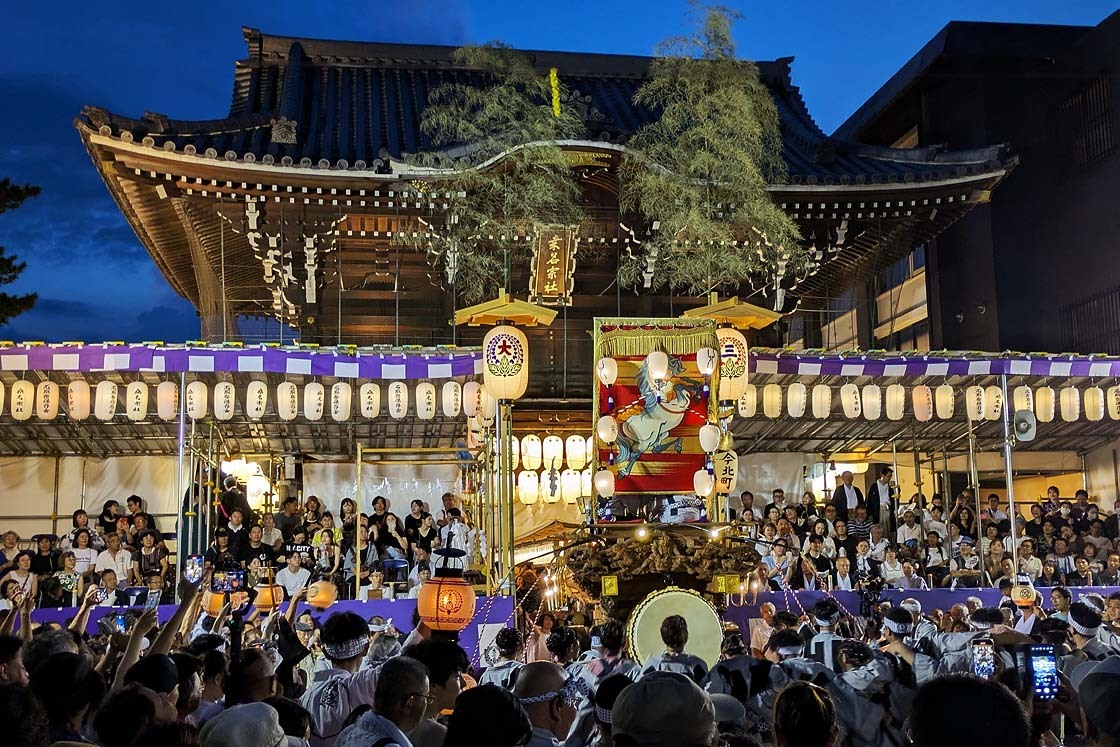Discover Kuwana: Food, Culture, and Japan’s Noisiest Festival
If you're heading through Nagoya, this is your perfect opportunity to visit the lesser-known land of Kuwana, a city bursting with character and culture in Mie Prefecture.
On my August trip I visited what is known as "Japan's Noisiest Festival", AKA the Ishidori Festival, which I highly recommend you make a note to visit at the same time next year. But along the way I also explored Kuwana's food culture and other activities on an overnight trip which I'll share with you here!
Day 1: Sightseeing
We're kicking off the trip by heading straight to Nagashima, a long, thin island easily accessible from Kuwana's city center by train and bus.
The island has both Nagashima Spa Land, which has hot spring baths and a theme park, and Nabana no Sato, a spacious flower park. Given that it was the height of summer during my trip, I opted instead to head to the shade of the trees at Nabana no Sato.
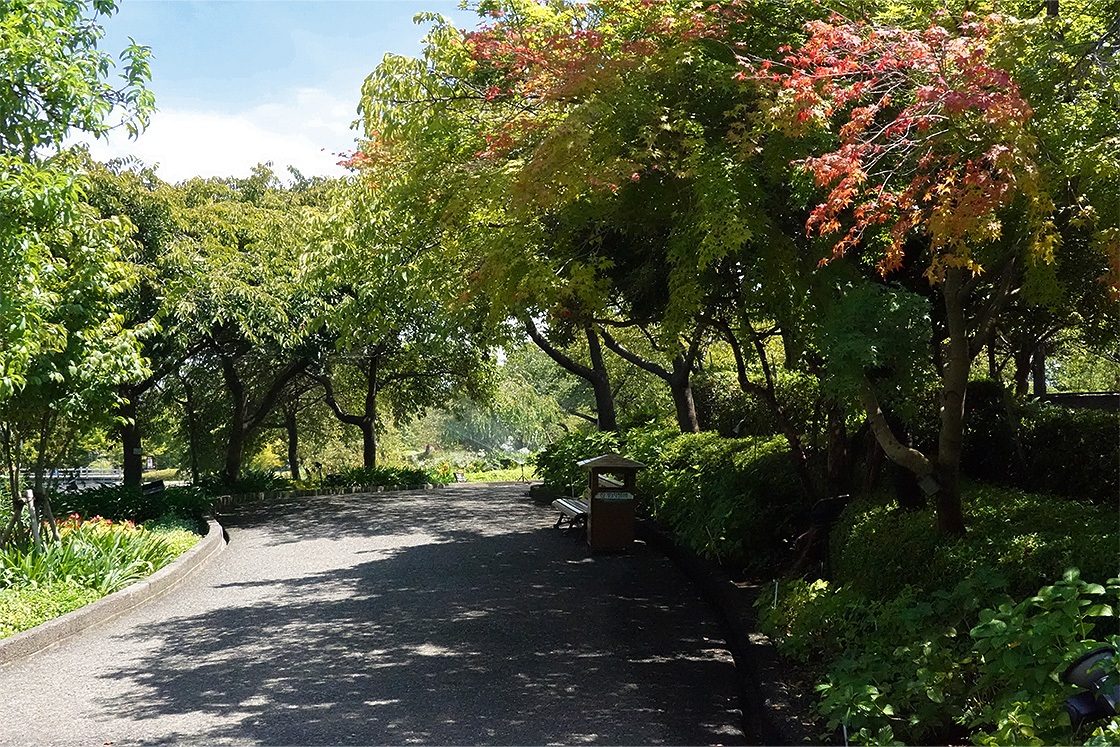
Nabana no Sato has different flowers in the spotlight throughout the year, but in summer most of the gardens are a luscious green. The shade of the trees was a welcome respite from the over 30-degree heat as I made a beeline for the Begonia Garden, an indoor area filled with all sorts of bright and fluffy begonias.
I was happy to find that the greenhouse was kept at 25 to 27 degrees during the day, so I comfortably walked around the 9,000 square meters of flower displays. Of the four rooms, the first and last are the main ones for begonias, with both hanging and potted varieties. The middle rooms have a variety of other flowers to walk through and enjoy, with the final room having a little cafe for a quiet moment among the flora.
For me, this large greenhouse was a great option as an escape from the heat outside and kept me occupied taking pictures and sitting with my soda float at the cafe.
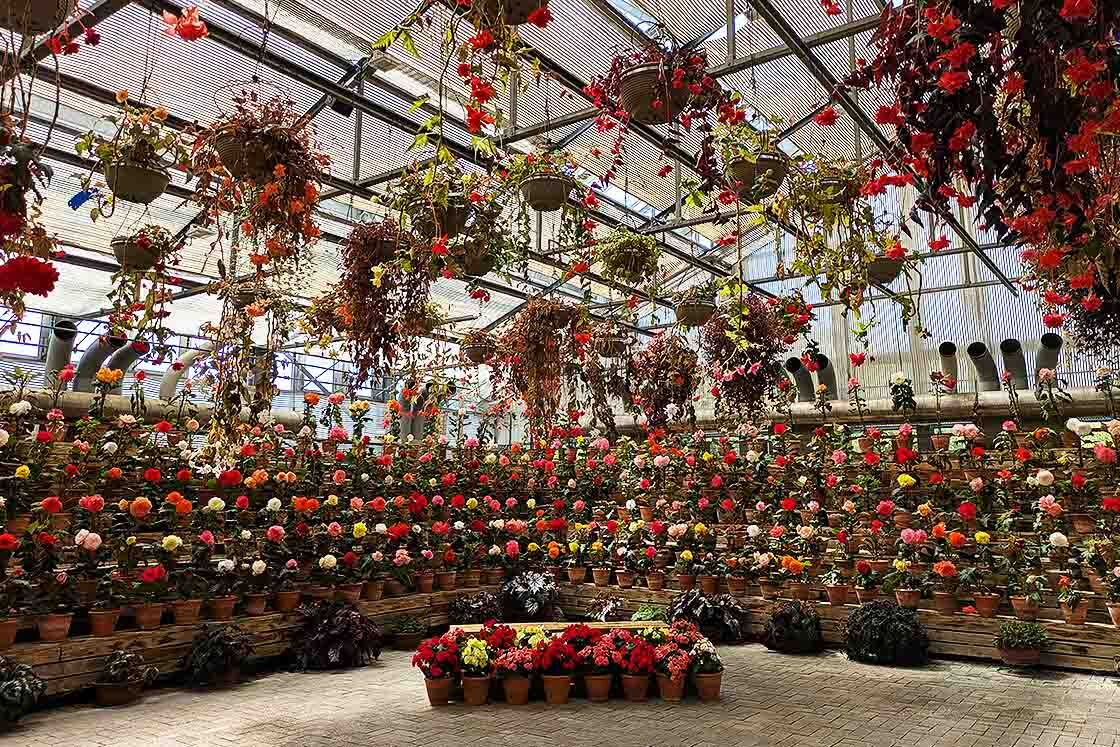
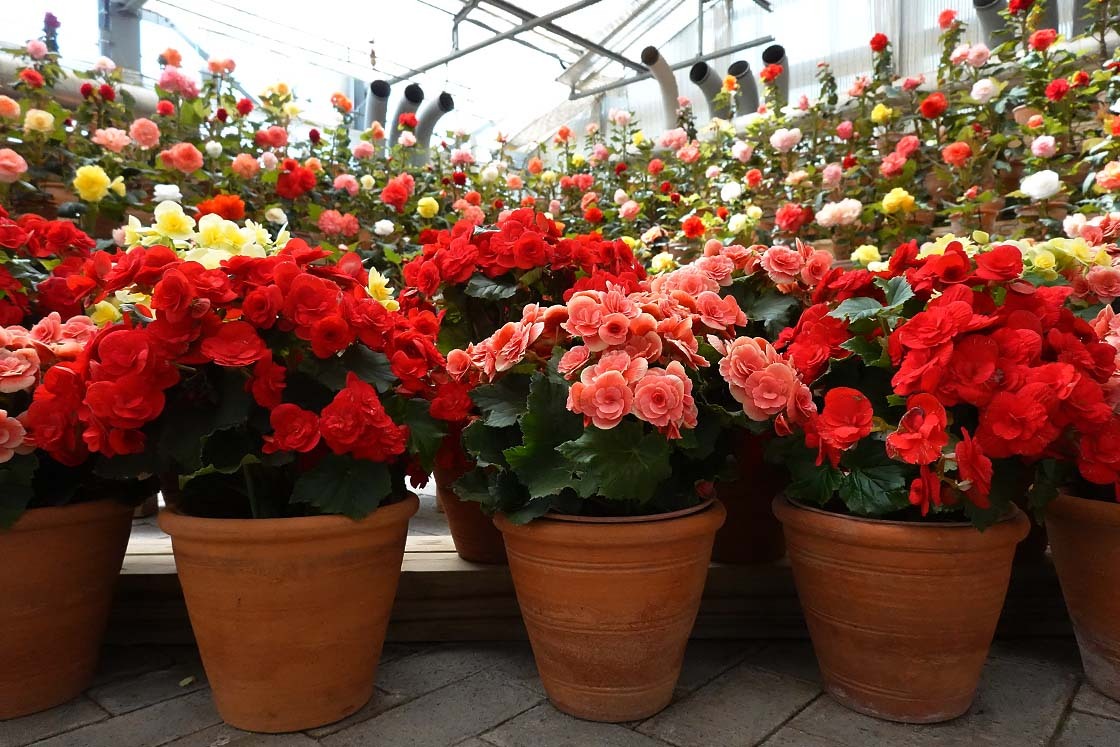
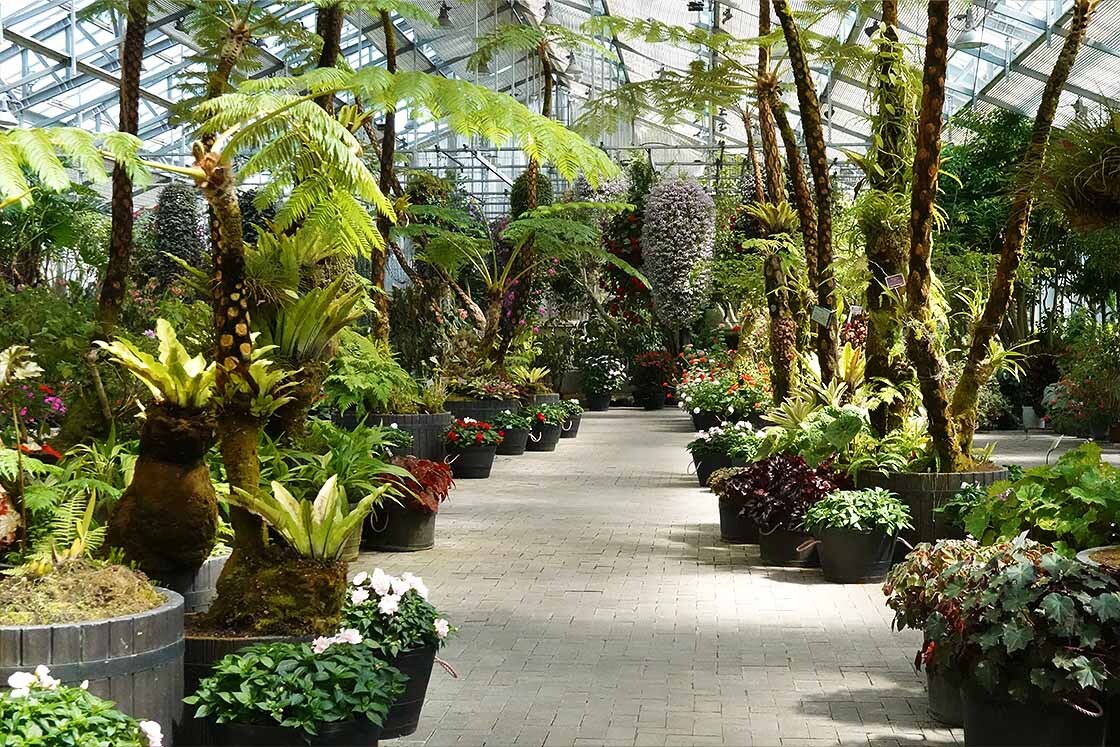
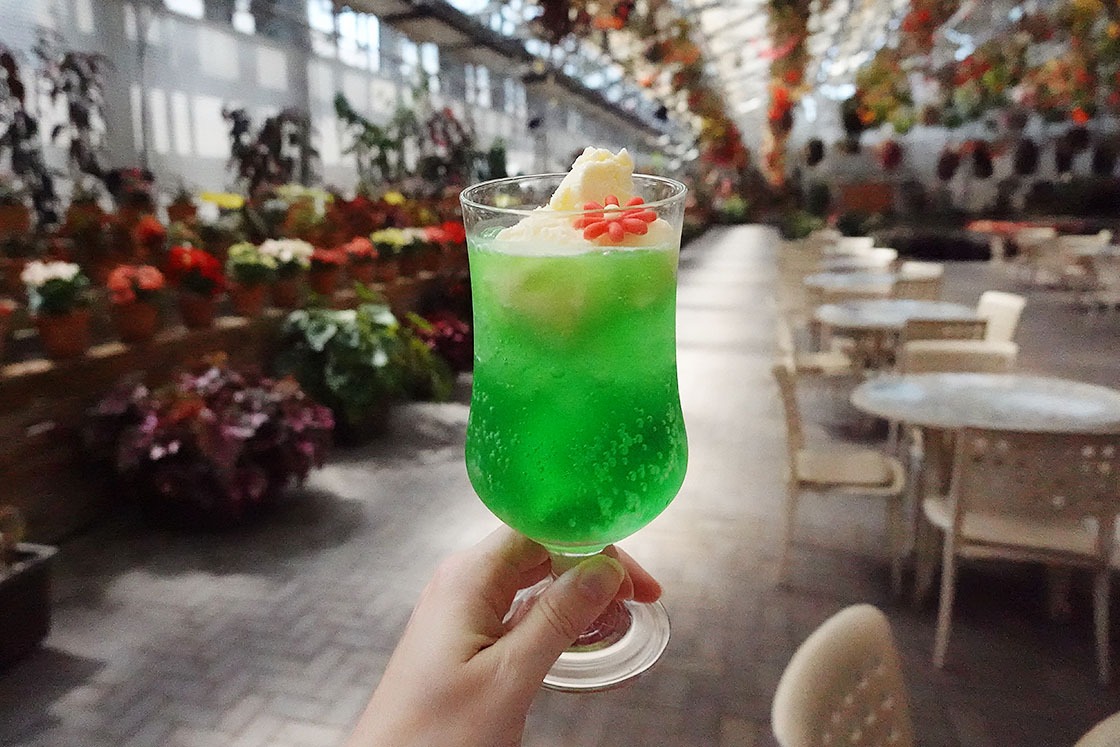
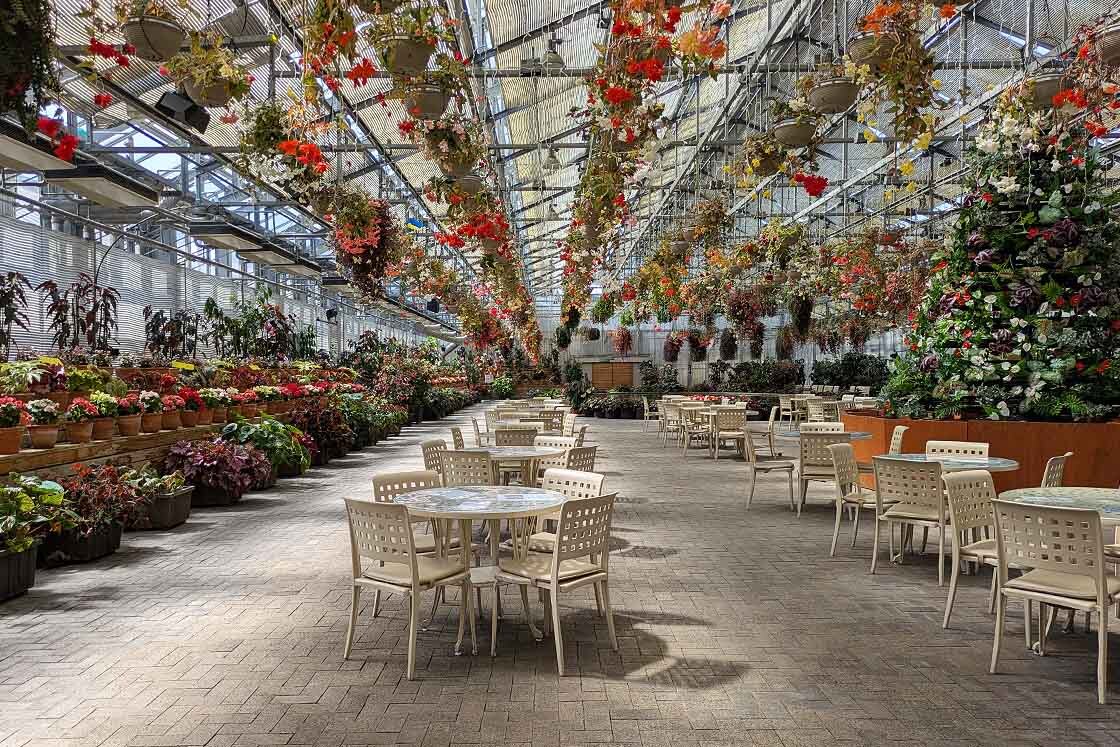
Just beside the Begonia Garden is the Island Fuji Observatory ride. At first glance it looks like a simple replica of Mount Fuji, but in fact it's a moving observatory that ascends and rotates, giving you a view of Nagashima and the neighborhoods beyond - I recommend sitting on the river side, but it will rotate so you can see all sides!
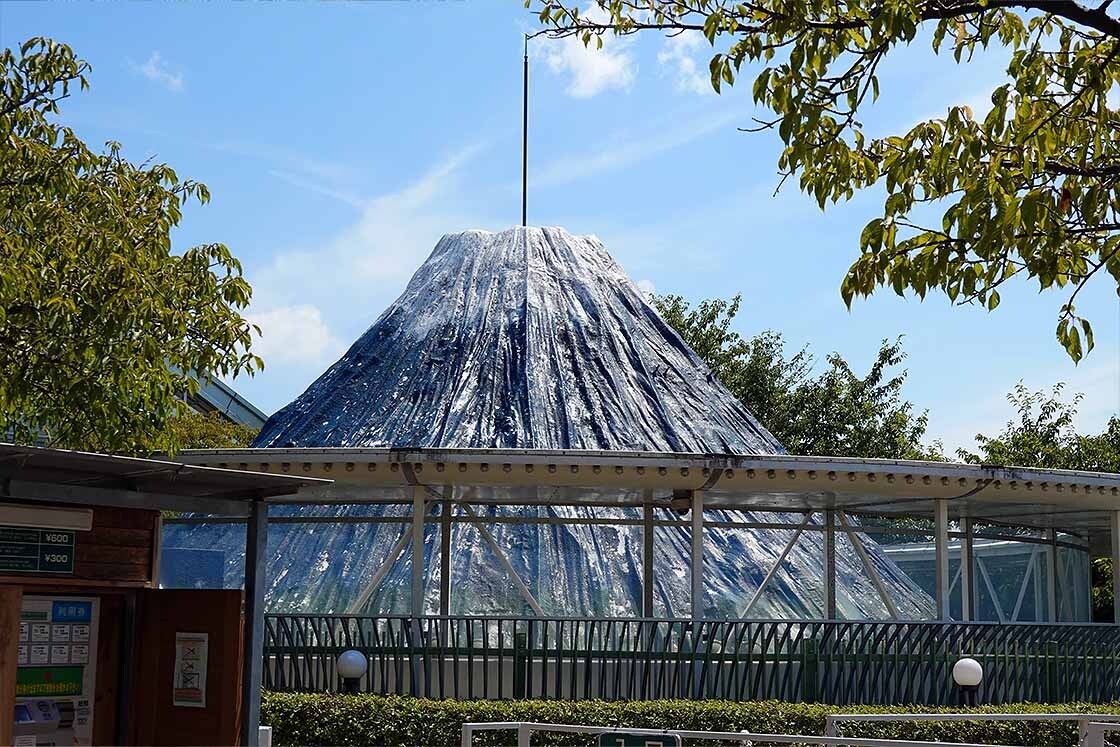
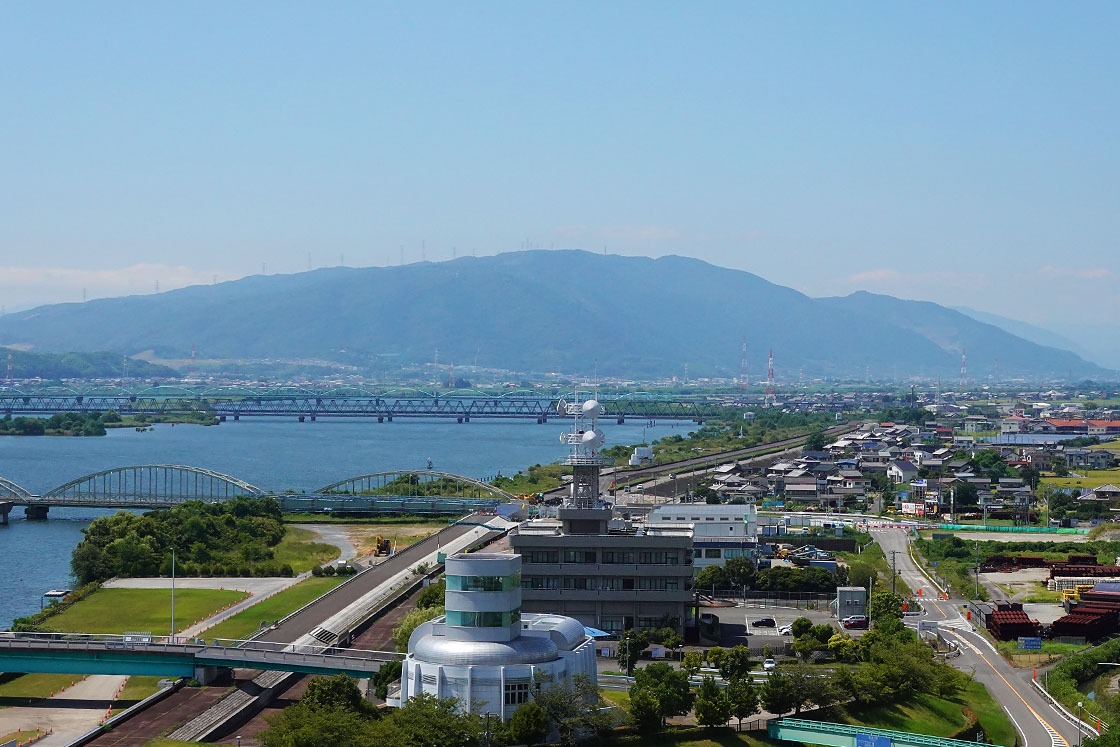
There is a bus that goes directly between Nabana no Sato and Kuwana Station once an hour, so after a bit of souvenir shopping in the garden, I hopped on that bus back. From there, I walked over to Depart Sangu-Ten, a yoshoku restaurant (western fusion) that has been going since 1988.
The restaurant has a warm and cozy atmosphere, with seasonal specials written on the blackboard over the kitchen. The menu is only in Japanese, but there are images - and I'll let you know the names of what I had so you can order them too!
Now I'll admit, this is quite a lot of food for one person, but I wanted to show you as much as possible. I got the Roast Ham Salad, "Hamaguri Wine Mushi", "Shigure Pilaf", and a Kabocha Pudding. The salad was made with their own home-roasted ham, while the two seafood dishes are local specialties. "Hamaguri Wine Mushi" is wine-steamed Hamaguri clams, which Kuwana is known for. Shigure Pilaf, on the other hand, is a rice dish made with a preserved version of those clams called shigure, made by simmering in a sweet and salty sauce. That same sauce is then used to add a salty umami note to the Kabocha Pudding!
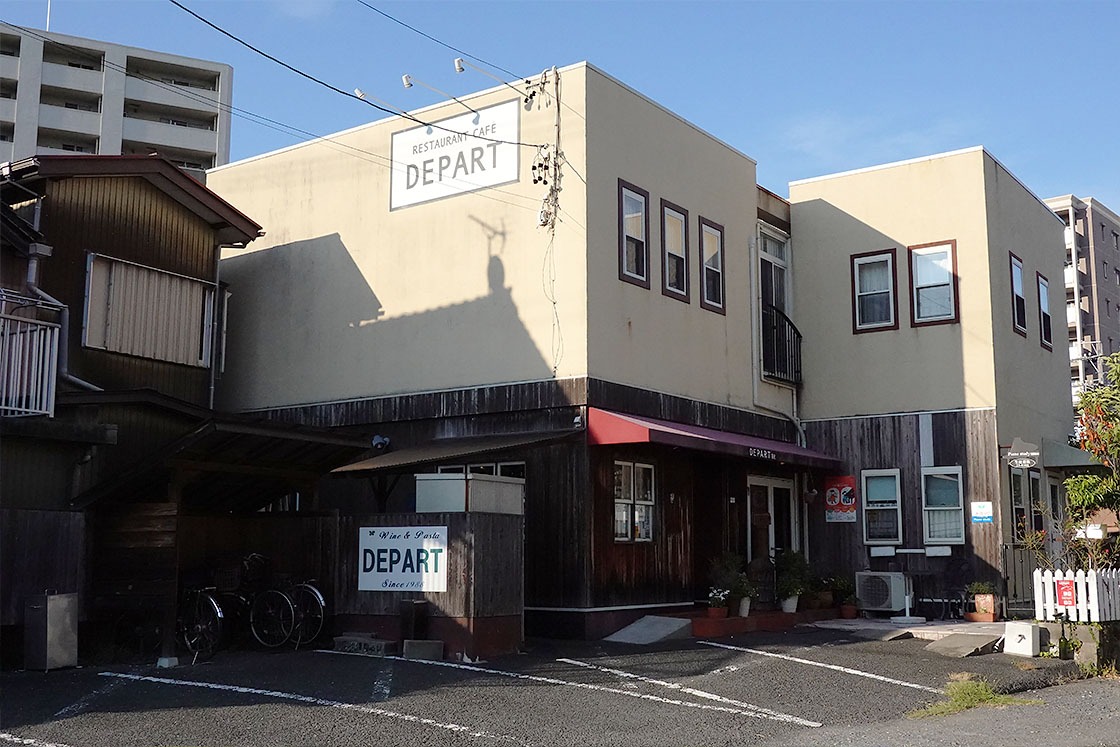
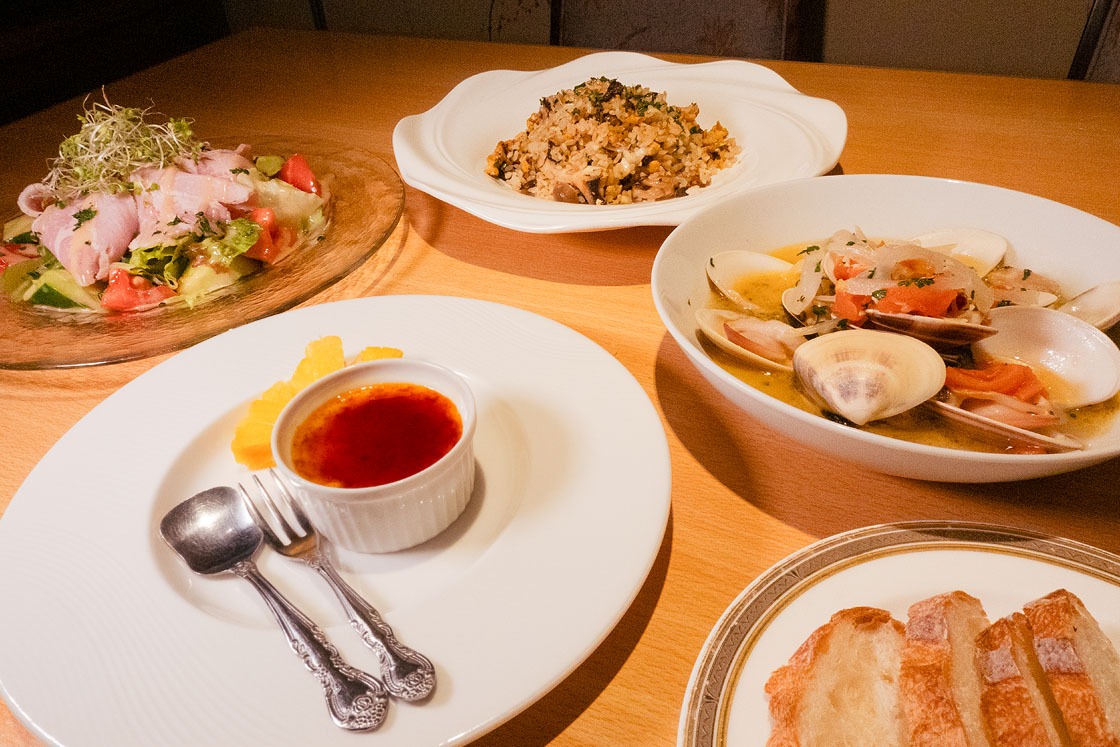
Evening 1: Ishidori Festival
Now let's get into the festival side of things.
The Ishidori Festival is held every year on the weekend of the first Sunday in August. It begins with an event known as "Tatakidashi". The first Tatakidashi is at midnight on Friday, with a second once again on Saturday night (technically Sunday morning, as that one begins at 2am!).
The first is the official start to the festival, but as I arrived on Saturday, I was glad to get a second chance to see it.
The Tatakidashi itself starts at around 2am. From 6pm, a selection of saisha from each of the city's neighbourhoods gather at the Kuwana Sosha Shrine to celebrate with sound.
Each float, called a "saisha", is equipped with taiko drums and kane gongs, and represents a different neighbourhood, adding up to a total of 40 saisha. But I was surprised to find out that the saisha started making their rounds, from much earlier on in the day, as I saw a few loudly hammering at their taiko drums going through the streets on my way to take a break before the 2am start. Pretty much everywhere I went between the station and the shrine was filled with the sound of taiko drums, kane gongs and the loud and rhythmic voices of everyone involved, truly earning it the name of the noisiest festival!
When I arrived at the Kuwana Sosha Shrine torii gate just before 2am, there was anticipation in the air as the participants crowded around their three saisha. Then they nodded to each other and the drumming began. The lanterns on the saisha lit up the street, accompanying the sound of the drumming to create an atmosphere like no other.
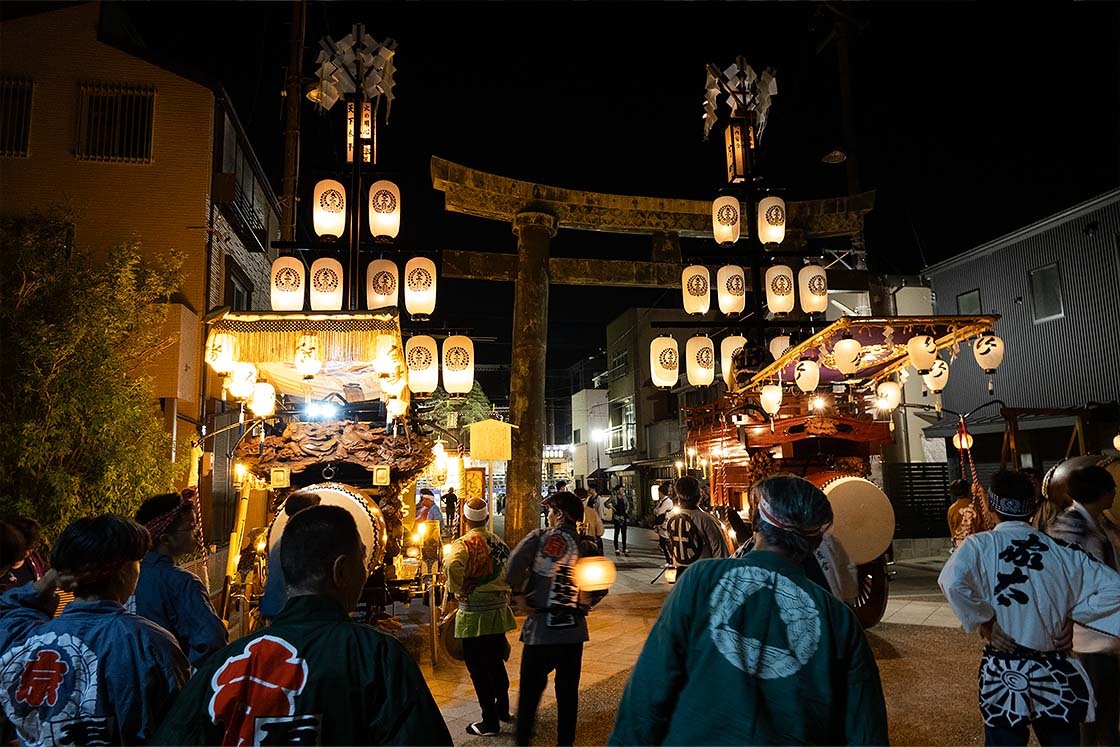
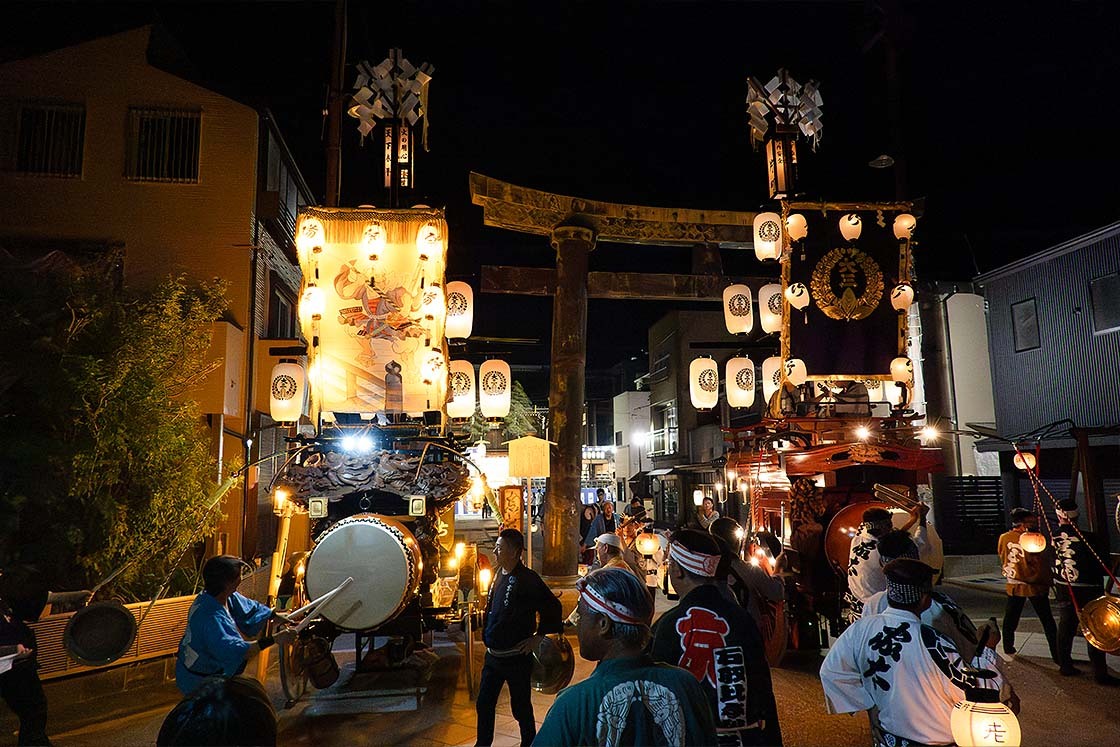
The drumming continued and I decided to have a bit more of a look around. The shrine itself was also lit by lanterns down the walkway, and a few more saisha could be seen down the other streets near the shrine. After a while, they all started moving, and the onlookers followed behind them.
If you're not a big fan of crowds, this is the best time to go, as the crowds really form on the final day, but not so much in the middle of the night on Saturday! Some even continue their drumming until 5 in the morning, so you have plenty of time for it, too.
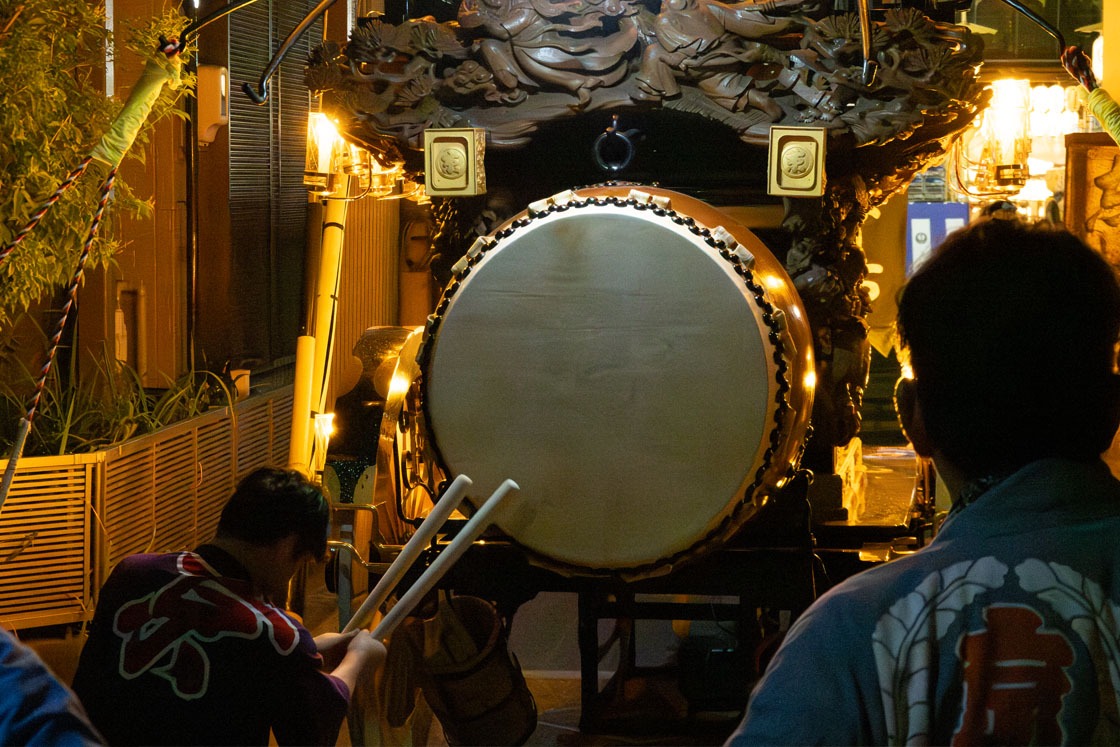
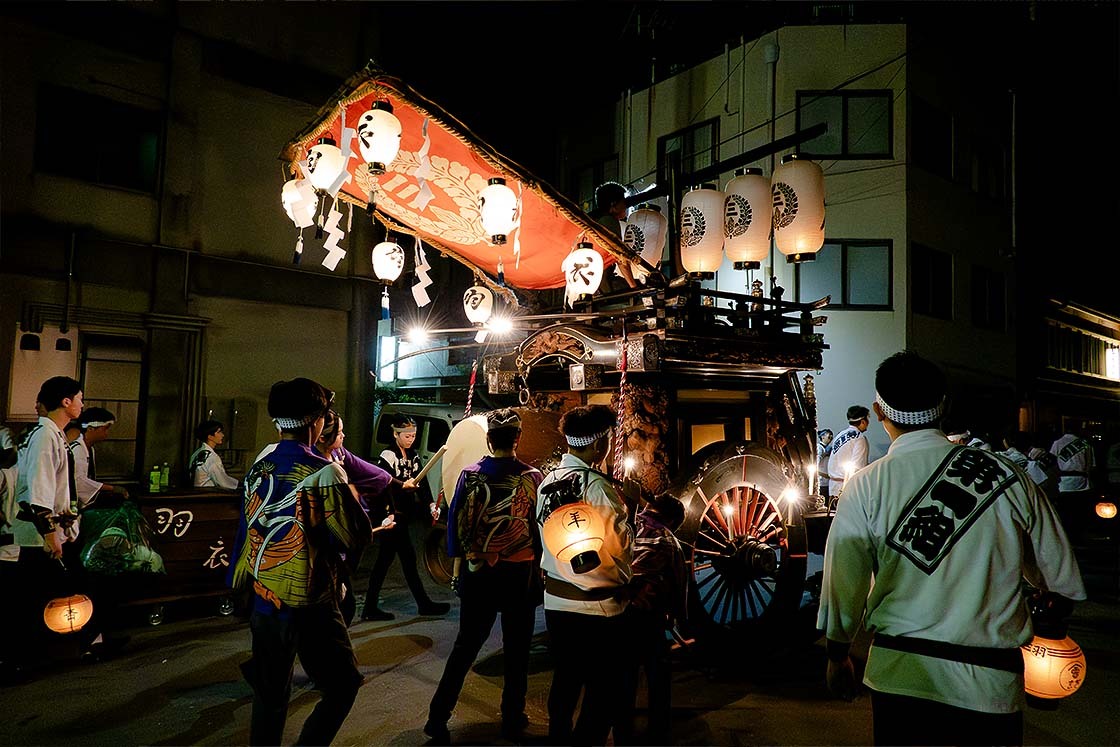
Day 2: Sightseeing
The next day, I wanted to learn a bit more about the festival and city itself, so I made plans to visit the Kuwana City Museum and the festival museum, known as the Ishidori Kaikan. But not before fueling up after a nice lie-in!
My lunch spot for the day was Mugi Cafe, another cozy space with a wooden interior and handmade decor all around, and even two accommodation rooms if you can't get enough of the welcoming atmosphere.
There I ordered a comforting bowl of hot udon, made with Kuwana "mochi-komugi" flour making it super soft and springy. I couldn't resist following it up with their seasonal pancake, which happened to be a matcha and red bean pancake which had a surprisingly mochi-like (springy) texture.
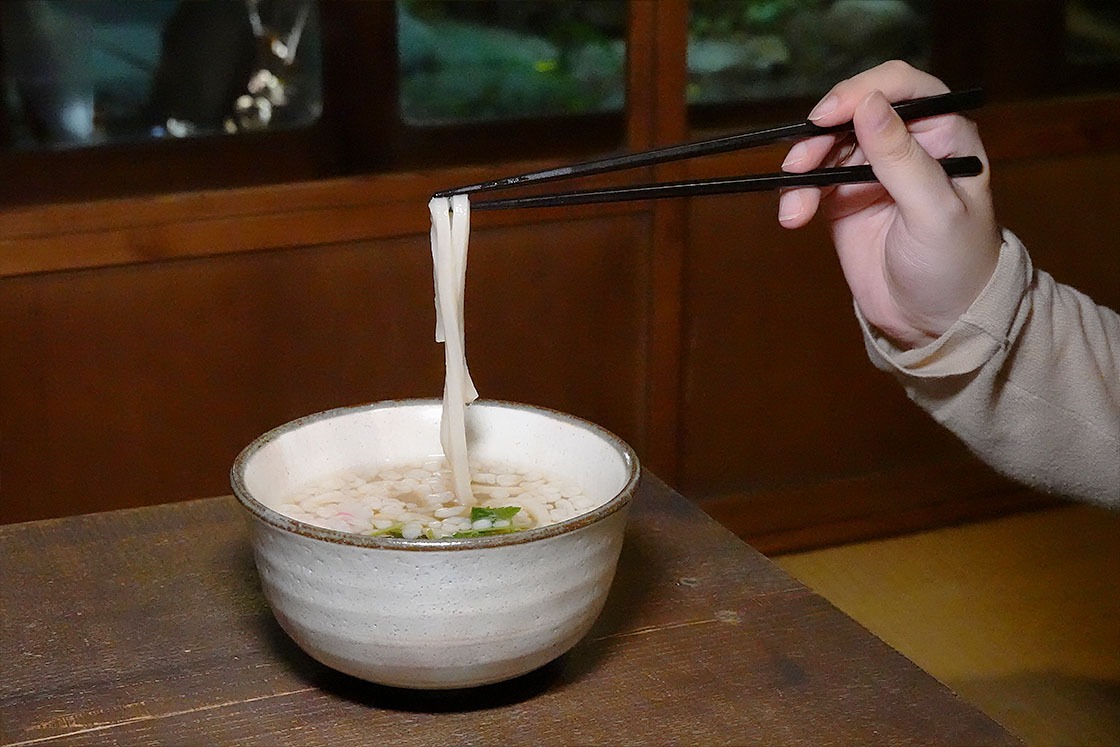
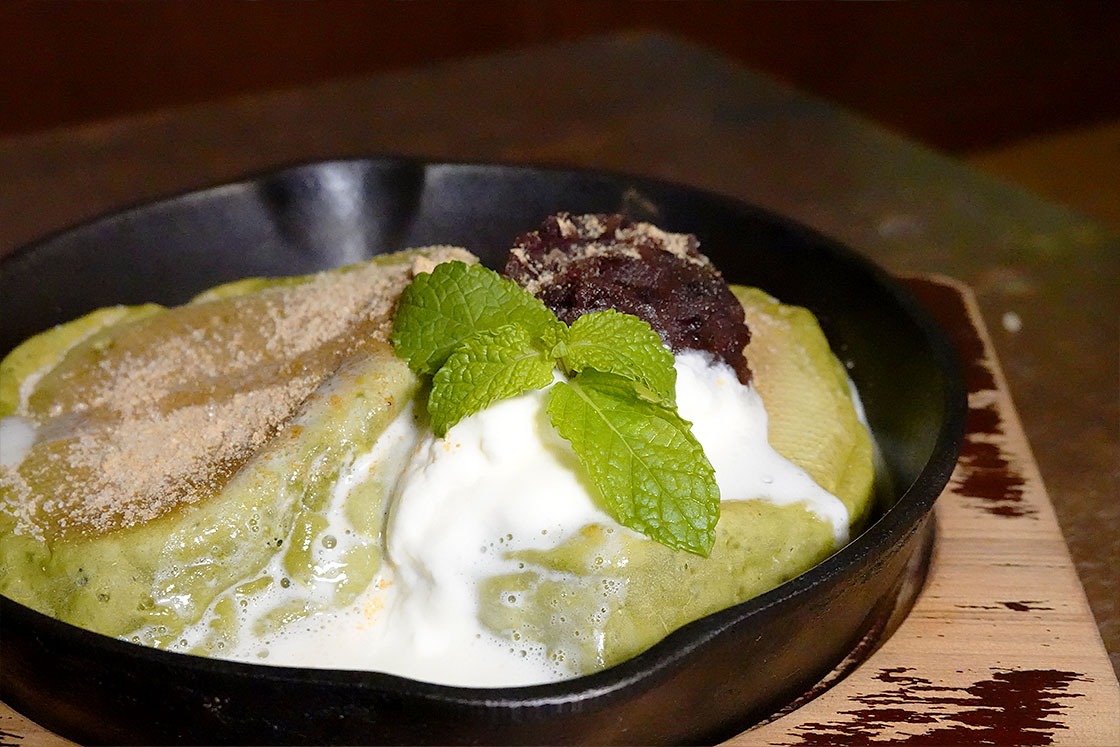
My first museum was the Ishidori Kaikan, just two streets over from Kuwana Sosha Shrine. A heads up that neither of the museums today have any English, so you'll need to have your translator apps at the ready, but they're worth a visit to see their exhibits - particularly the Ishidori Kaikan, where you can get your hands on some of the festival equipment.
The Ishidori Kaikan is all about the festival, with an original saisha from 1879 front and center as you walk in. Here you can inspect each element of the saisha up close: the taiko drum, the two kane gongs, and the twelve lanterns. Some of the saisha in the actual festival have a large maneuverable figurine in place of the lanterns, but we'll get to that later!
In the back of the museum, there is a small room where you can try your hand at the taiko and kane gong ringing. Although it seems intuitive, I was surprised when I realised I wasn't sure if I was holding everything right!
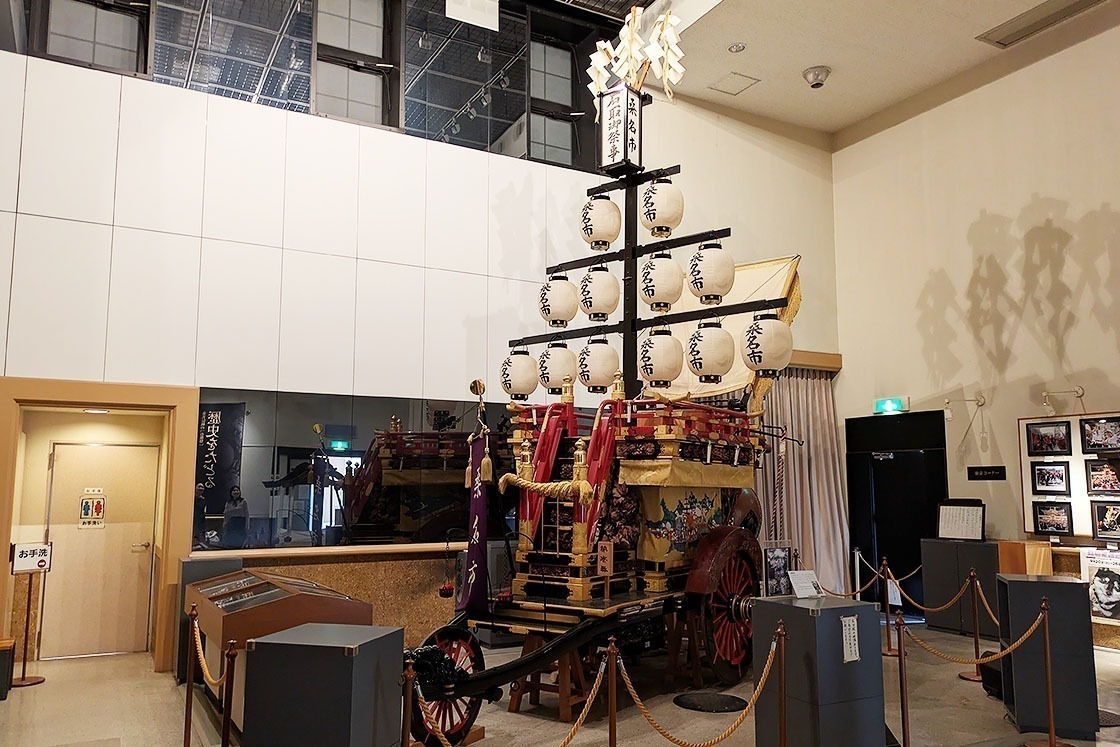
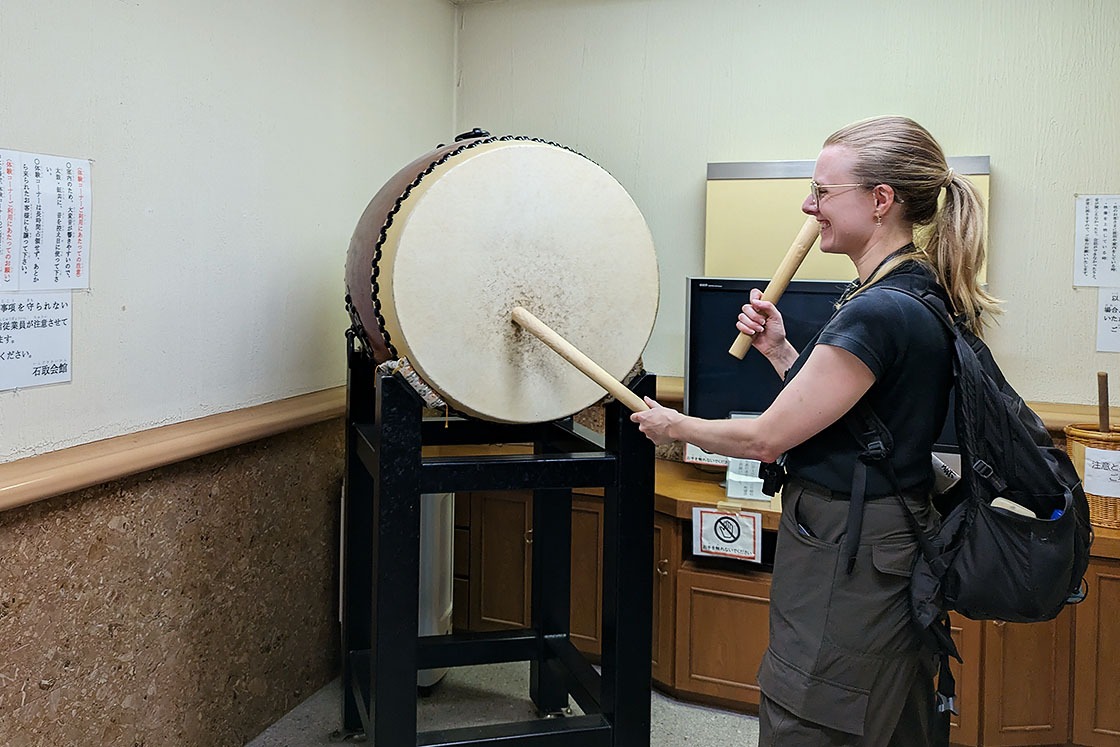
What I learnt from the museum is that, while the name of the festival, Ishidori, dates back to 1613, that was when the festival was much simpler. At first, it was a ritual of offering pure stones cleansed by the river to Ujigami Sama (a guardian deity). But as Kuwana developed, so too did the festival, which evolved into a procession-based event with saisha later in the Edo Period (1603-1868).
But this was no ordinary procession. It was a procession of elaborate saisha with rhythmic performances, and 20 districts of the castle town of Kuwana had their own individual versions by 1802.
Now, there are 40 saisha from the different districts of Kuwana that make their way around the town - and I could even hear a few banging their drums and kane gongs outside while I was learning about it all!
I walked out to see one of the saisha making its way down the road, and as it disappeared out of sight, I made the short walk over to the Kuwana City Museum.
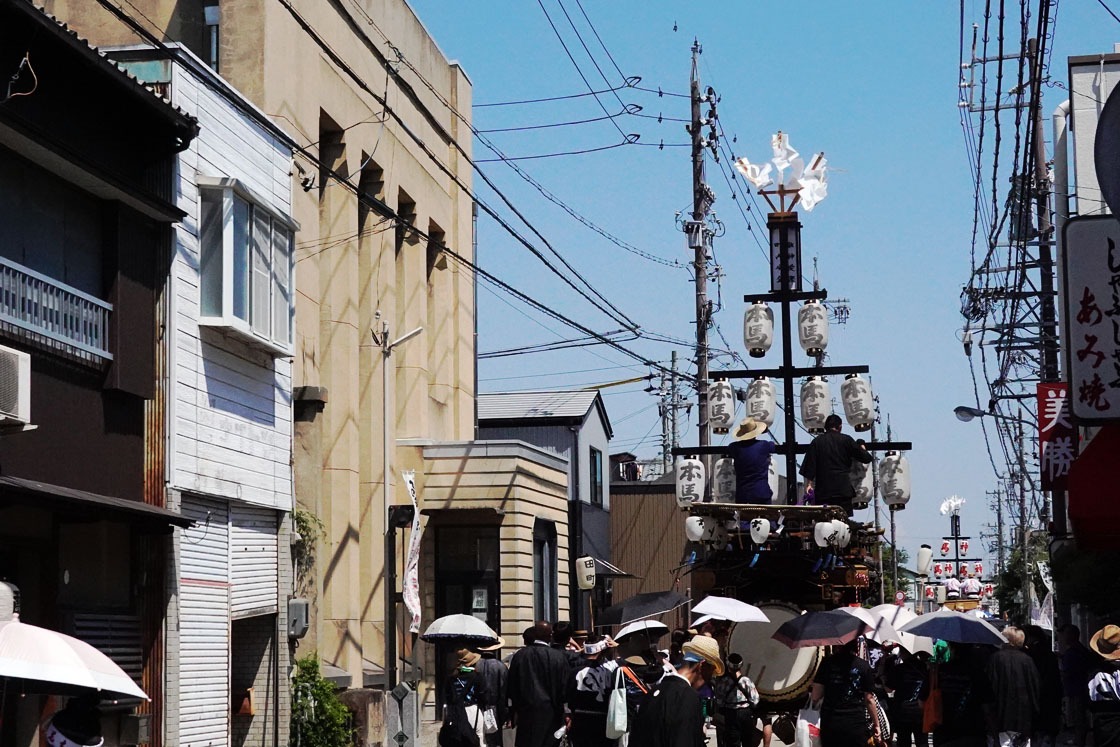
This museum has a few interesting exhibits and maps to see how the city has changed over time. In the museum lobby you are even greeted by a small but mighty glistening sword created by the legendary swordsmith Muramasa.
It was interesting to learn how the town moved the river over time, as it originally flowed near the castle, so was rerouted to avoid it. And I enjoyed seeing the logic behind how different parts of the town got their names which are proudly written on the saisha lanterns. For example, it is said that Kyomachi ("machi" meaning "town") is so named because it is the closest to Kyoto.
But the creative in me was most excited by the array of origami at the far end of the exhibition room upstairs. This particular type of origami uses just one piece of paper to fold multiple cranes attached to one another without cutting or using extra paper. The original instruction book was published in 1797, based on the creations of a Kuwana monk. The instruction books only show the fold lines, without detailed steps, so only experienced origami folders can crack it!
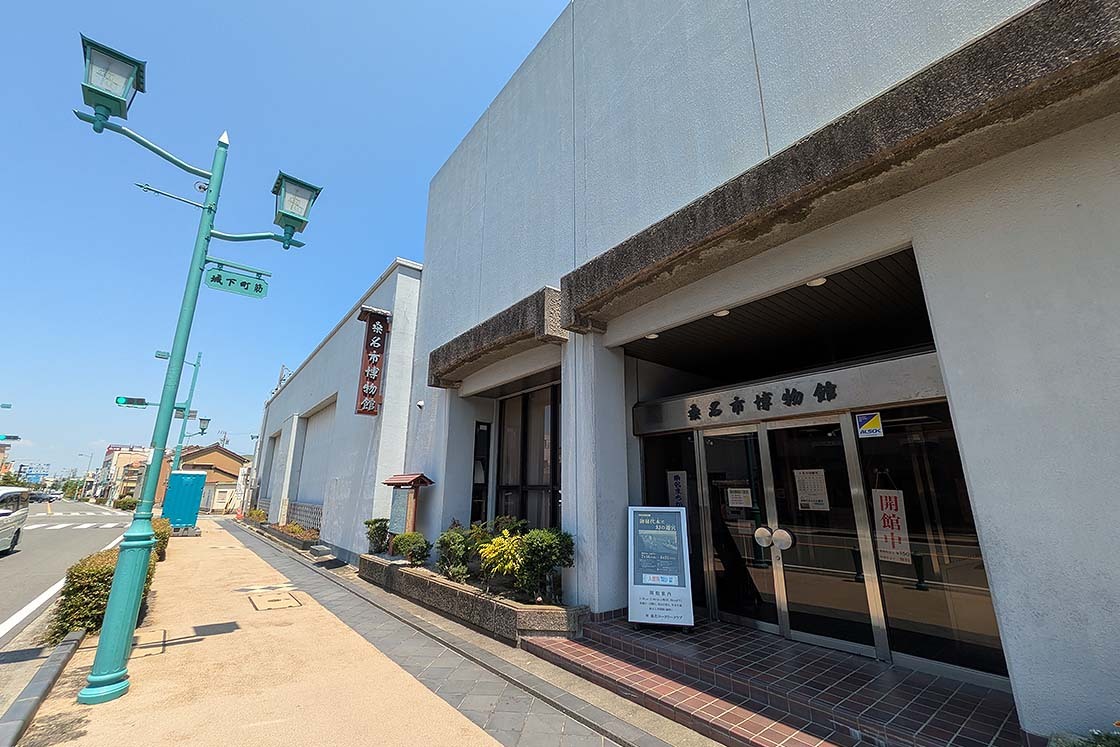
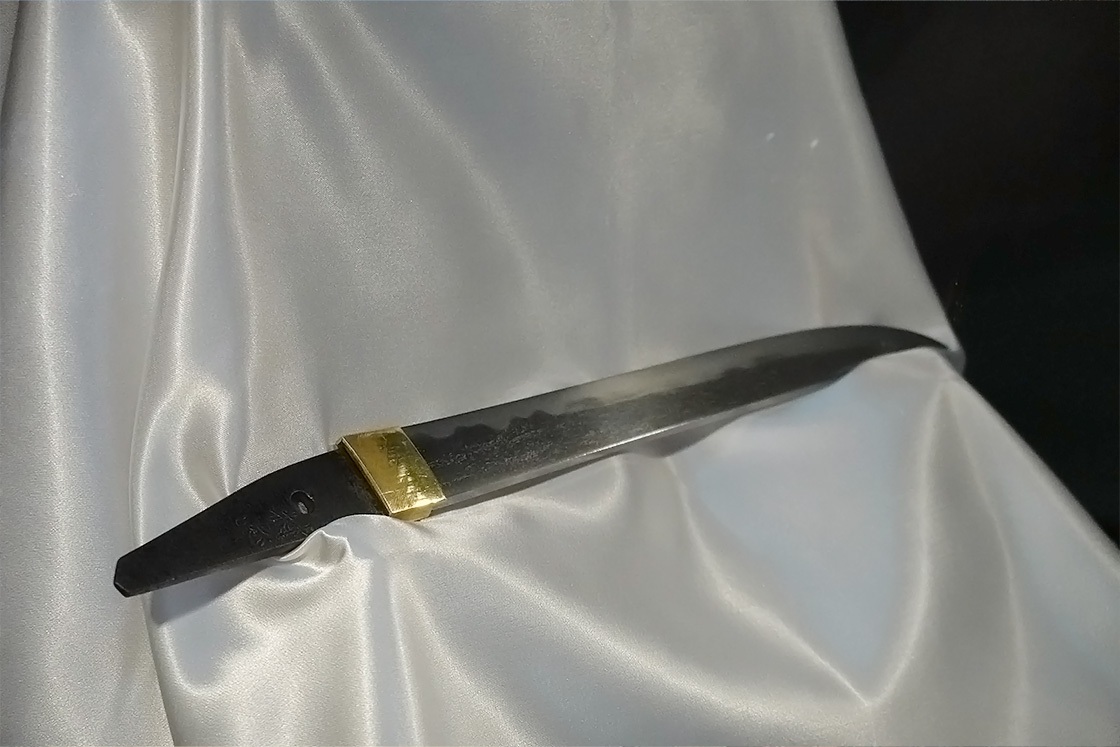
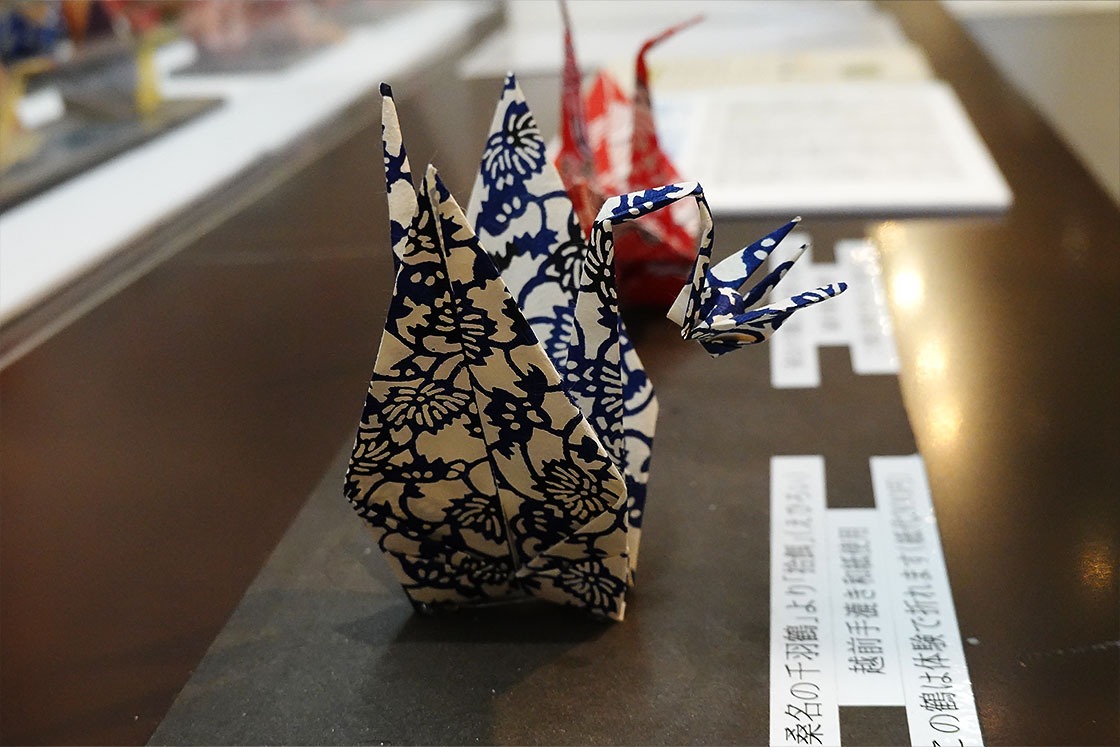
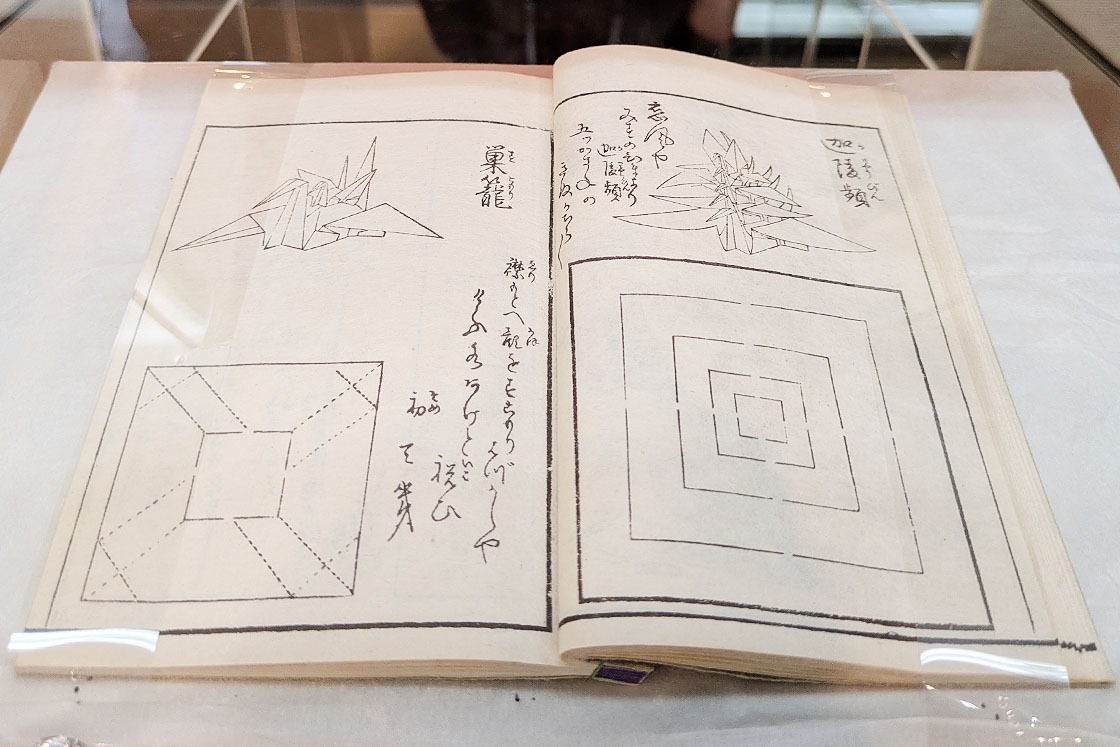
After my visit to the museum, I found that many of the saisha were all lined up along Hachiken Street alongside a few festival food stalls. It was a great opportunity for a good look at them all, but some were still dotted around the town keeping it abuzz with rhythm and activity.
Seeing them all lined up next to each other, I was very excited to see the main festival event, but I still had a bit of time. So, on such a boiling hot day, I almost had no choice but to go and visit one of the spots on Kakigori Street, which is only available during the summer!
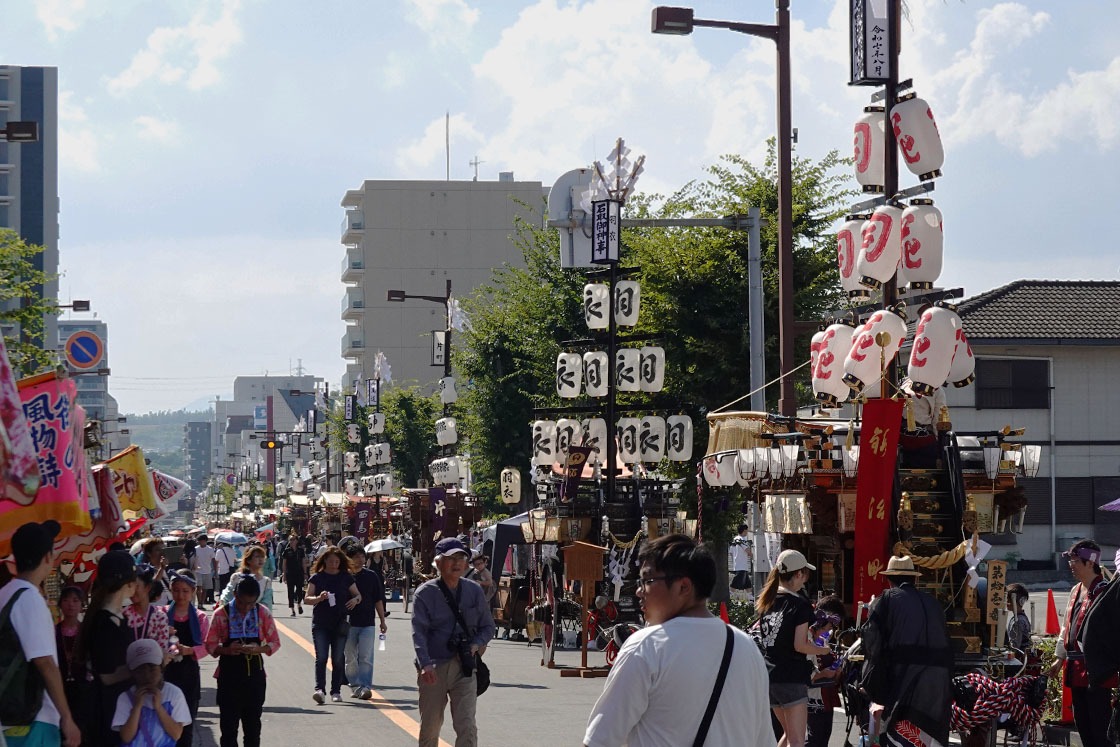
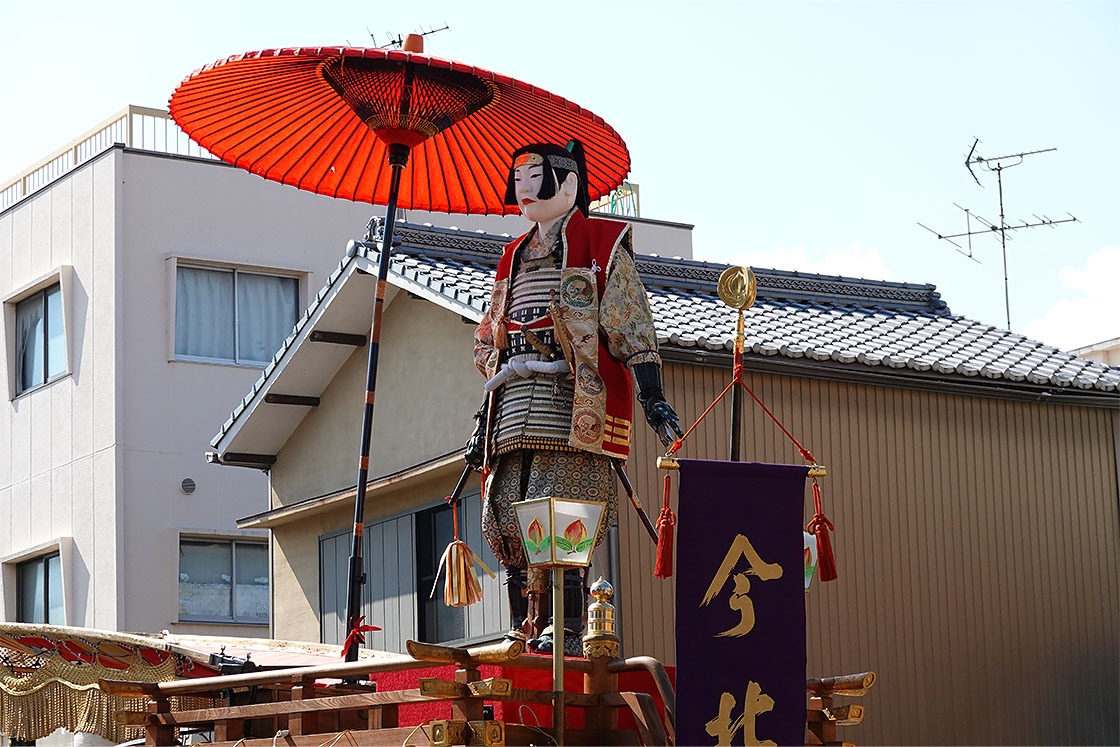
Kakigori is a Japanese version of shaved ice, usually flavored with milk and decorated with a variety of toppings. But never had I seen such an adorable kakigori as this!
And I have to say, aside from being so cute, this kakigori at Akizo was extra special because it was packed with Kuwana specialties. The main one was the Karinto Manju for the ears, which is a crispy deep fried thin dough filled with red bean paste. But it also had a cute little dango (rice dumpling) accessory made with Kuwana rice, and a filling made with ice cream and local strawberries! It's kind of amazing how many Kuwana things they managed to fit into this cute bear face.
While we're on the topic of cute things, I do also want to make a shout out to Kurimaro Collection as well, which hand-makes a huge variety of animal cookies that I completely fell in love with. Both are a little out of the way but a definite recommendation from me for animal lovers.
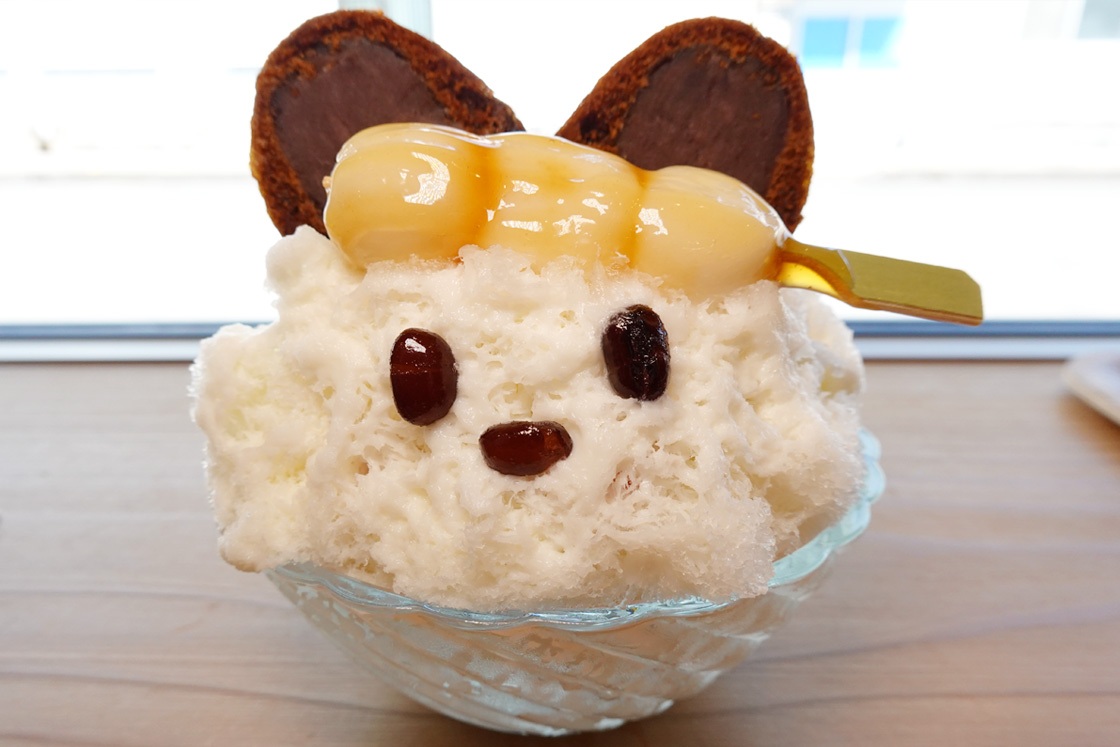
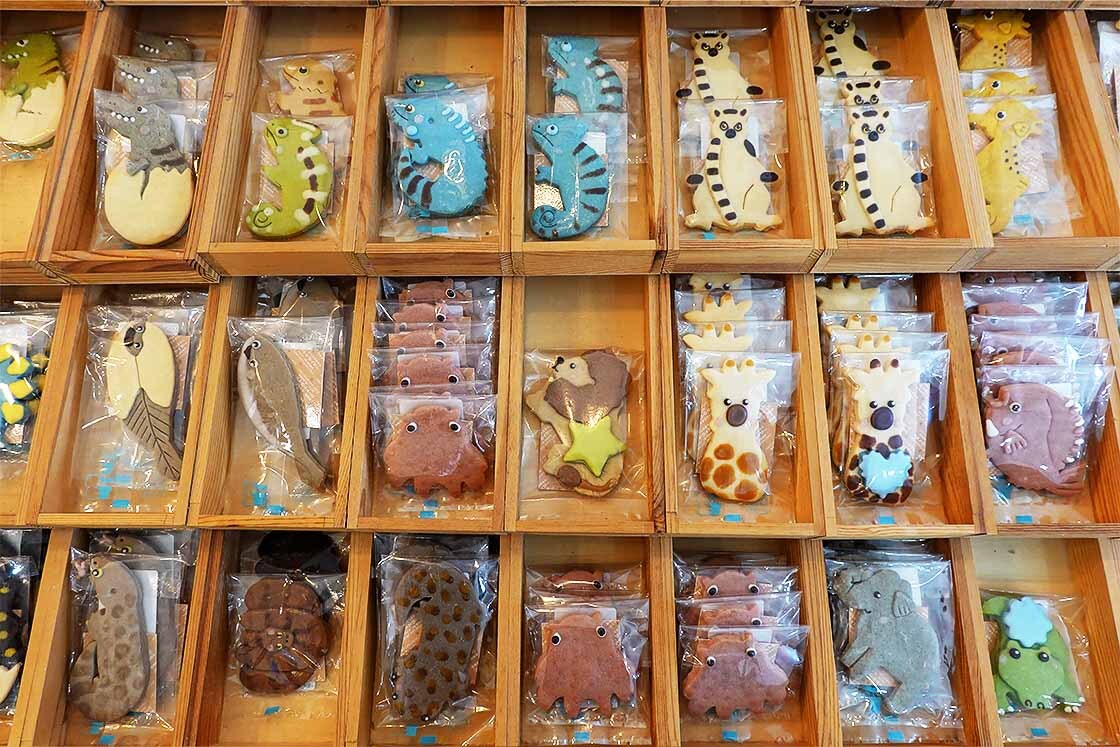
Evening 2: Ishidori Festival
Refreshed by my icy bear treat, I made my way over to the Kuwana Sosha Shrine for the final saisha performance.
Before the saisha did their performance, at around 6pm, the shrine path between the gate and the main shrine building was lined with all the heads of the different districts. They followed into the shrine to do a customary prayer before the performance.
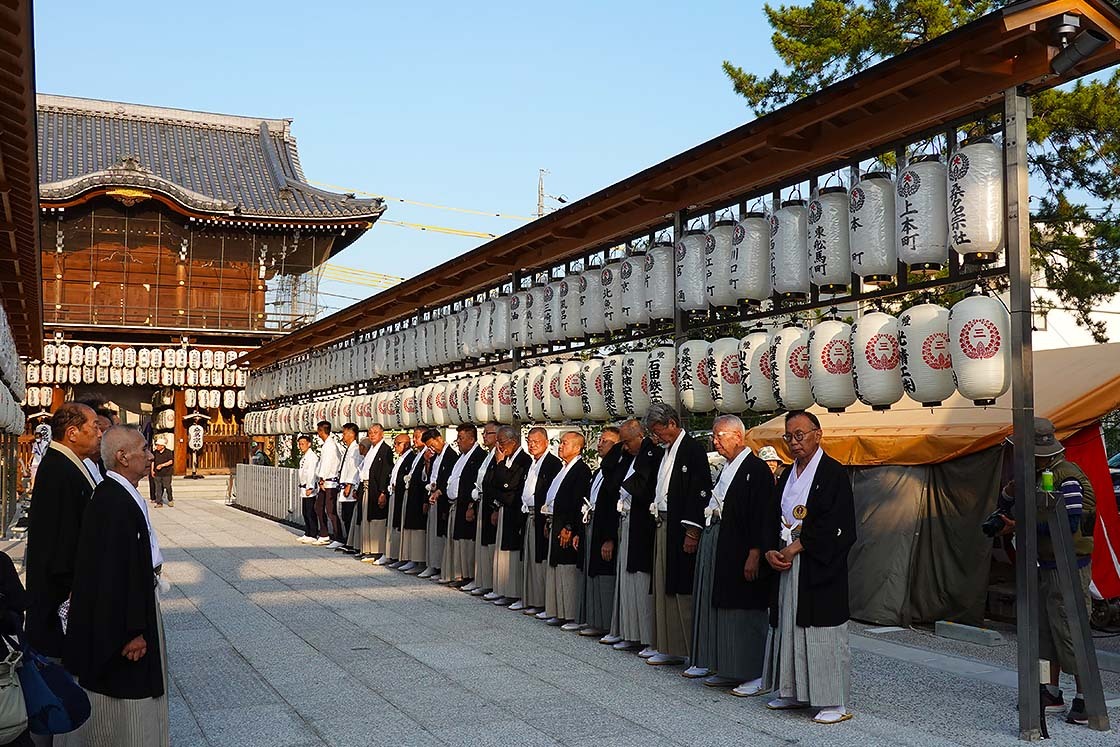
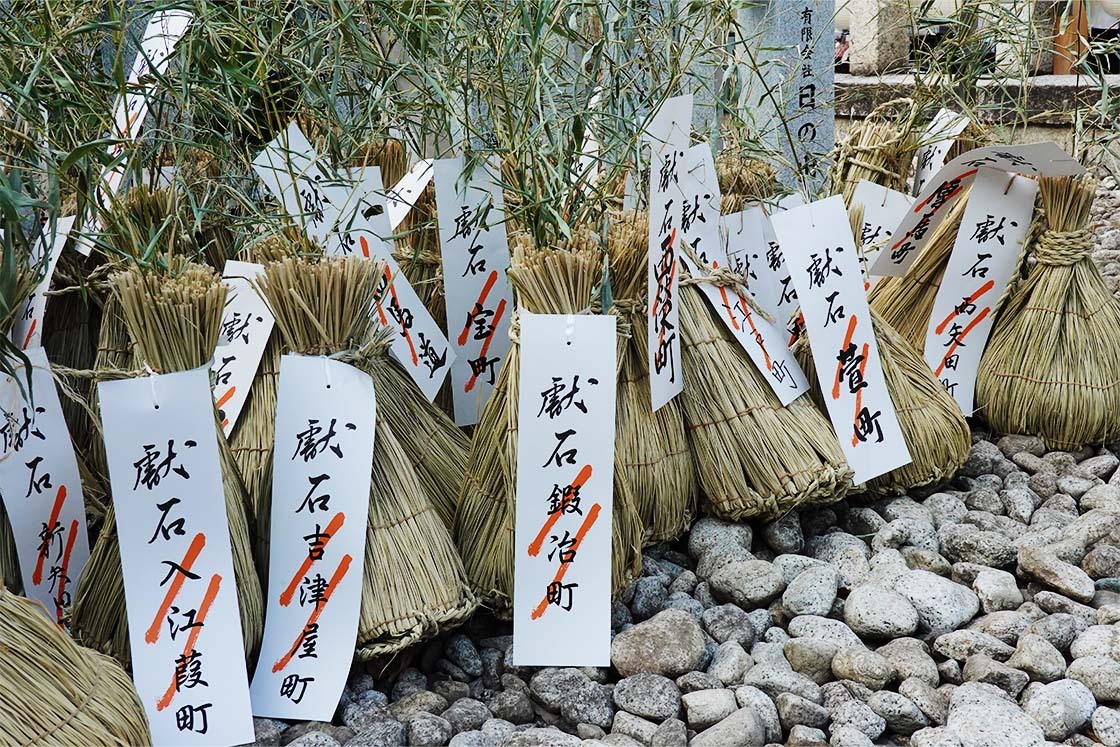
I then waited for the performance to begin! Most people stand at the shrine entrance where you can view the performance for free and get up close. From 6:30pm, the saisha, lined up on the street to the south, come and perform in front of the main gate, then head out towards Hachiken Street.
One by one, each saisha took turns coming to the center in front of the main shrine gate. They unveiled their signature "Tenmaku" decorative fabric scroll by unfolding the saisha, then began on their dances and drumming, before moving on to make way for the next saisha. As each one left to go out into the town, people would follow.
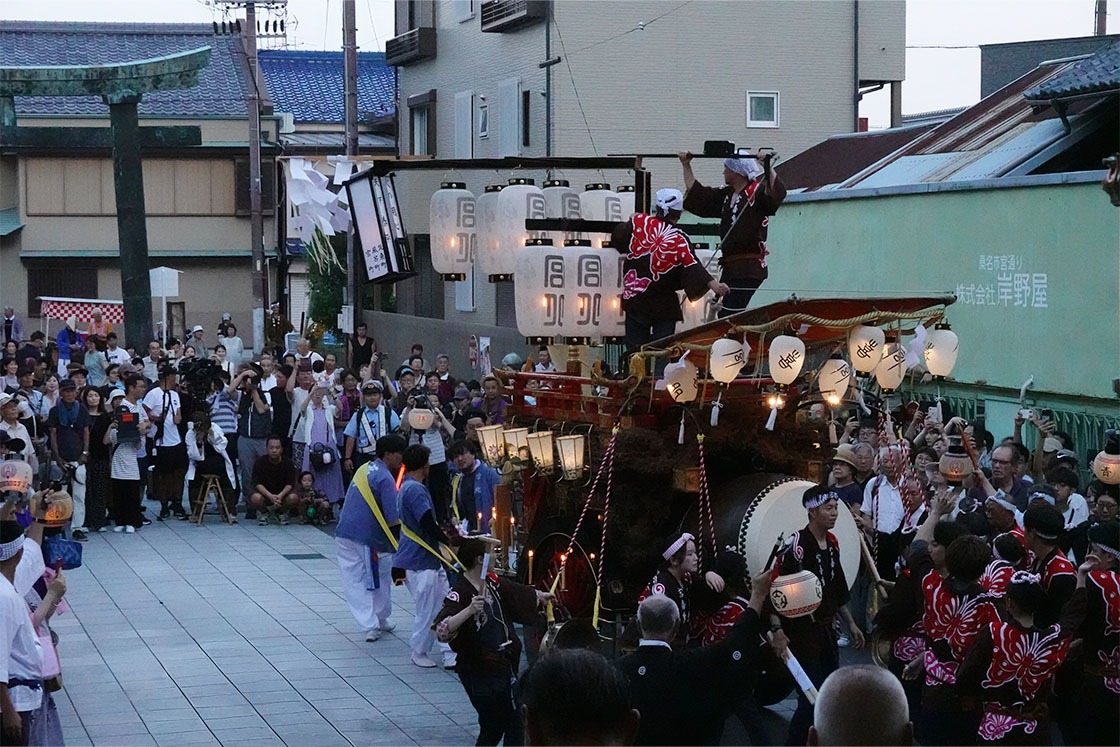
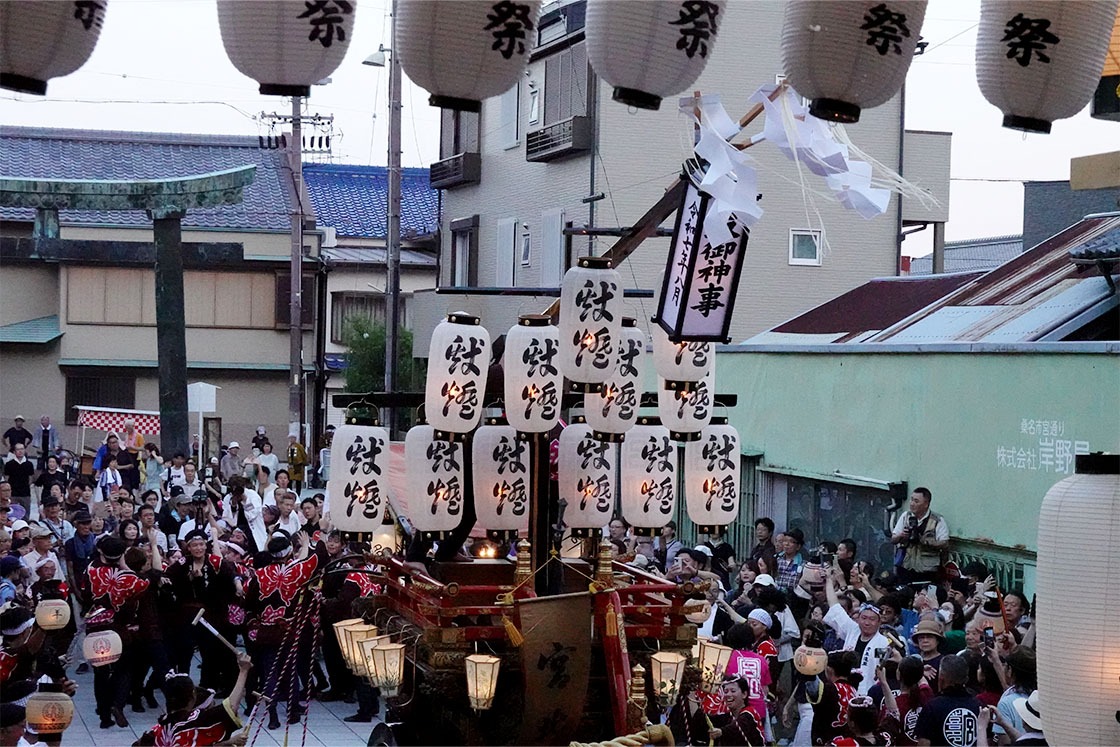
This procession starts in daylight and goes on into the night, with cheers and clapping and excitement from everyone. It's so exciting to see what the next saisha will look like, with its different designs and everyone's different attire. It was also fun to walk down the street to the side to see each one lined up, raring to go.
I'm glad I had this opportunity to see a town and festival not on the average tourist's radar!
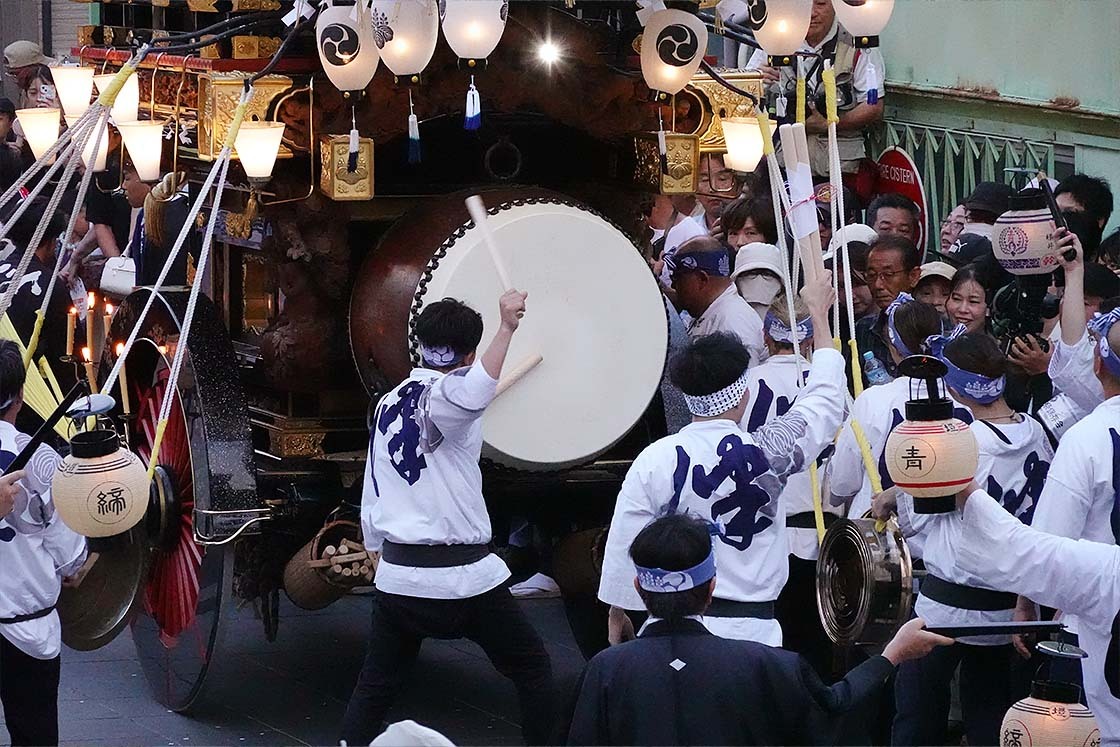
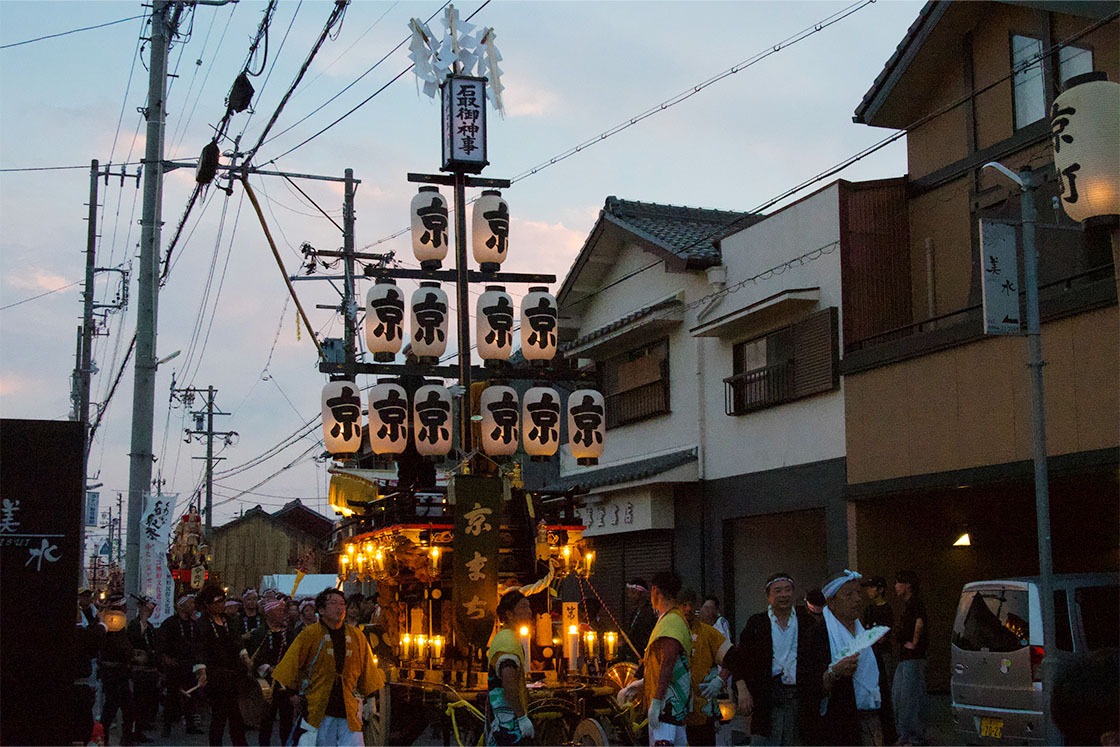
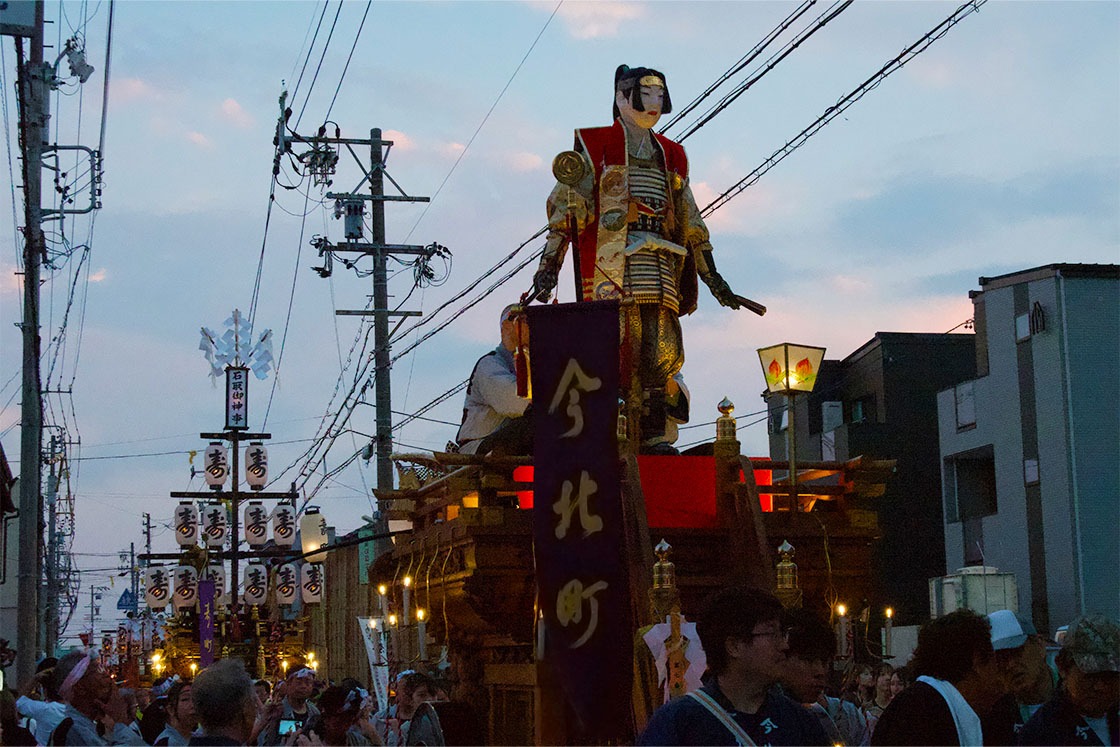
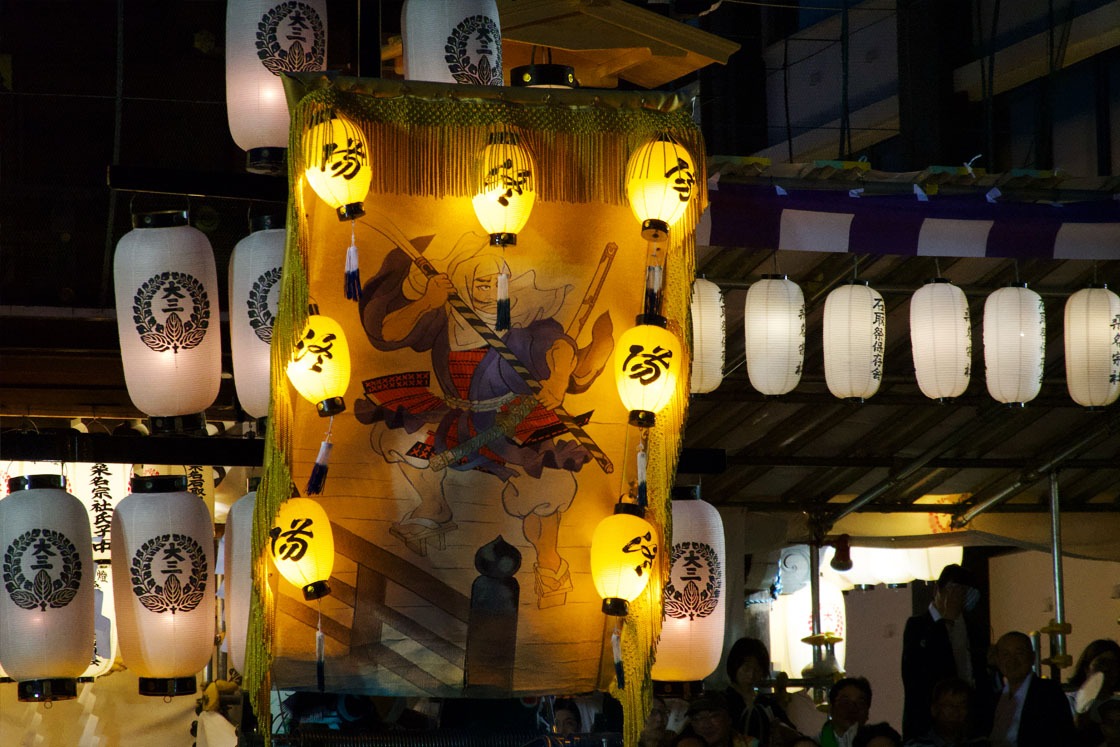
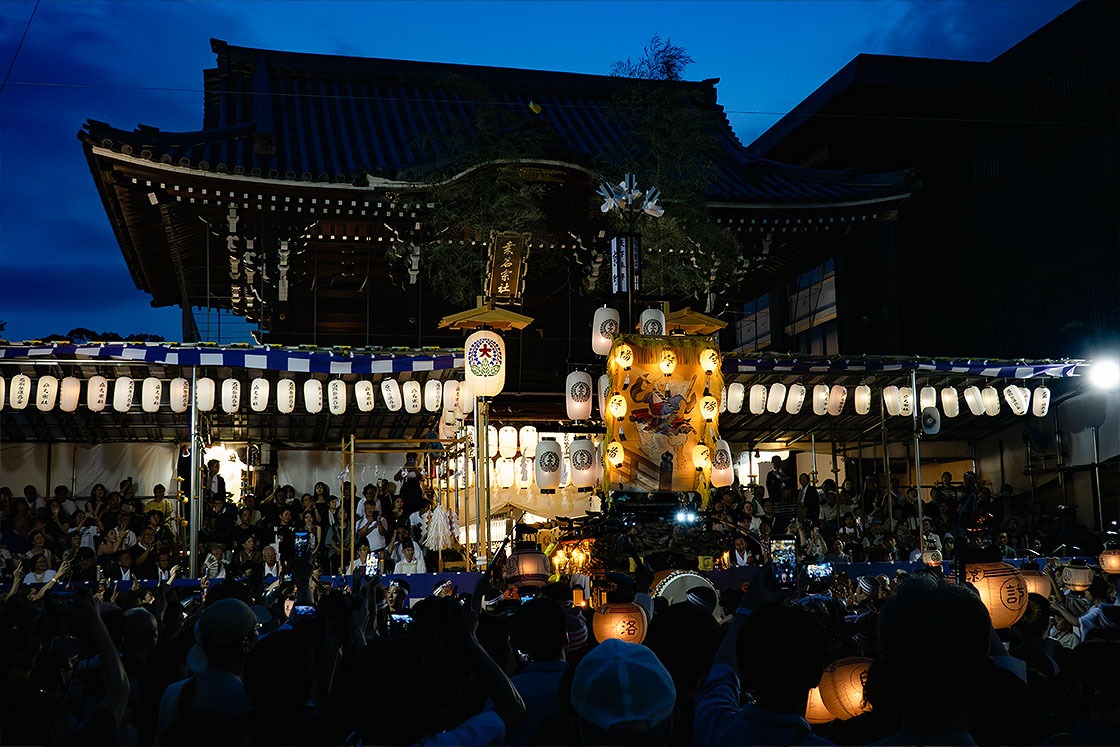
Useful Links
- Kuwana City Tourist Association
- Kuwana City official website
- Kuwana introductory video
- Kuwana City Instagram
- Kuwana Ishidori Festival website
- Ishidori Kaikan
- Kuwana City Museum
- Nagashima Onsen and Nabana no Sato
- Akizo (cafe and sweet shop)
- Depart (restaurant)
- Mugi Cafe (cafe)
- Kurimaro Collection (cookie shop)
